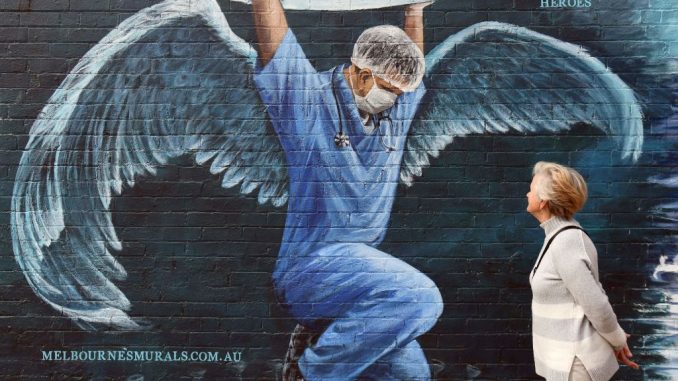
The private health sector and the government should join hands and develop a rescue plan to prevent the industry from “spiralling to its death”, says a report from think tank the Grattan Institute.
The report, released on Wednesday, points out the urgent need for an industry-wide overhaul as private insurance premiums continue to rise faster than inflation and wages after 20 years.
“The industry was in a death spiral before the pandemic, and it’s still in a death spiral today,” wrote the report authors Stephen Duckett and Greg Moran, “Australians are paying more but getting less.”
By the end of 2020, membership of private health insurers had grown to its highest level since March 2017.
An ageing population, increased use of healthcare services, and rising healthcare costs are major factors contributing to the “death spiral”, the report says.
They are driving up the number of benefits that insurers have to pay out each year, leading to higher premiums that are less affordable and less attractive to “younger and healthier” people.
The Grattan Institute also shone a light on other problems such as extortionate out-of-pocket medical costs, the prosthesis “rorts”, as well as government “red tape” and “mollycoddling”.
“The Government and the key players need to make dramatic changes quickly, because more than 40 per cent of the population has private health insurance and it’s a big industry—most procedures are done in private hospitals,” Duckett and Moran wrote.
“All players need to come together to create an industry rescue plan: governments, insurers, private hospitals, device importers and manufacturers, and private specialists,” the report states, “This rescue plan should be bipartisan and cost-neutral to government.”

Although little can be done about the ageing of the population, the Grattan Institute said the government and the industry should push for greater efficiency in private hospitals or place downward pressure on costs.
It proposes that the industry should also “rein-in” the “greedy” doctors who charge patients way more than they should and ensure hospitals don’t over-service patients. They also want to see a “single bill” regime that means a patient will only receive a single bill that would cover all aspects of the patient’s care to prevent sky-high out-of-pocket costs.
About 6 per cent of specialists’ services in hospitals are billed at more than twice the Medicare fee, and these services account for 89 per cent of patients’ out-of-pocket costs, the report found.
Exposing the prostheses market to competition was also important, the Institute said, as it could reduce the cost of hip and knee replacements and further reduce premiums. While private hospital insurance pays out more than $2 billion each year in benefit payments for prostheses, the way in which the prostheses are listed and priced is opaque and shielded from competitive forces.
Charles Maskell-Knight, a former senior manager in the Department of Health, told The Guardian that the government had been trying to deal with the excessive fees of private hospitals and practitioners for decades.
“Grattan doesn’t really come up with a concrete proposal for addressing it because no one’s been able to come up with a concrete proposal yet. The government could also be more rigorous in looking at insurers and why they need premium increases,” he said.
In 2019, Australia’s leading consumer lobby group Choice published a ranking of private health insurance policies and their cost. They have found more than 215 silver and silver-plus policies that cost more than gold policies from competitors, with Frank (GMHBA) Health Insurance, Medibank, Bupa, HCF, HBF and NIB named as worst offenders.





Be the first to comment